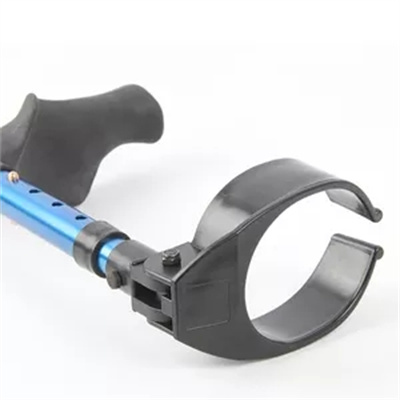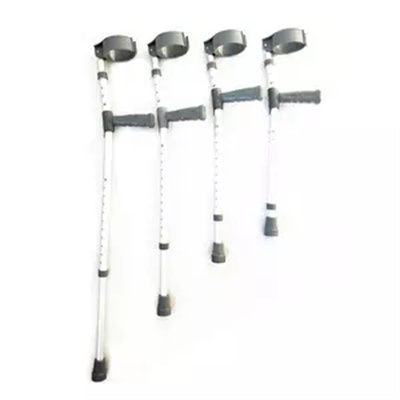Crutches and physical therapy working together
ChatGPT
Crutches and physical therapy can work together synergistically when someone is recovering from an injury or surgery that affects their mobility. Here’s how they complement each other:
- Assistance and Support: Crutches provide the necessary support for individuals who may have difficulty bearing weight on one or both legs. They allow patients to maintain mobility while protecting the injured or recovering area.
- Preservation of Independence: Crutches enable patients to move around independently, reducing their reliance on others for daily activities. This can be vital for maintaining a sense of autonomy and psychological well-being during recovery.
- Pain Management: Physical therapists can work with patients to manage pain and discomfort during the recovery process. They can recommend specific exercises, stretches, and techniques to minimize pain and improve overall mobility.
- Mobility and Muscle Strength: Physical therapy focuses on gradually restoring mobility, strength, and range of motion in the injured or affected area. Therapists develop customized exercise programs that target specific muscle groups and joints to facilitate recovery.
- Balance and Coordination: Using crutches can initially affect a person’s balance and coordination. Physical therapists can help patients improve these skills through exercises and balance training, reducing the risk of falls or further injury.
- Gait Training: Physical therapists can teach patients how to walk with crutches safely and efficiently. They assess the individual’s gait and make necessary adjustments to ensure proper weight distribution and minimal strain on the arms, shoulders, and wrists.
- Monitoring Progress: Physical therapists closely monitor a patient’s progress throughout the rehabilitation process. They can adjust the therapy plan as needed based on how well the patient is adapting to crutches and their overall recovery.
- Education: Physical therapists educate patients on proper crutch use, including tips for ascending and descending stairs, getting in and out of chairs, and navigating various environments. This knowledge is essential for avoiding accidents and injuries.
- Customized Care: Physical therapy is highly individualized. Therapists assess each patient’s unique needs and adapt their treatment plans accordingly. This includes addressing any specific challenges or limitations associated with using crutches.
- Long-Term Recovery: In some cases, physical therapy may continue even after a patient has stopped using crutches to ensure they achieve their full functional capacity and minimize the risk of reinjury.
Overall, crutches and physical therapy should be viewed as complementary tools in the rehabilitation process. The combination of proper mobility assistance through crutches and targeted therapeutic interventions guided by physical therapists can significantly improve the chances of a successful recovery and a return to normal activities. It’s essential to follow your healthcare provider’s recommendations and engage actively in both the use of crutches and physical therapy for the best outcomes.




















